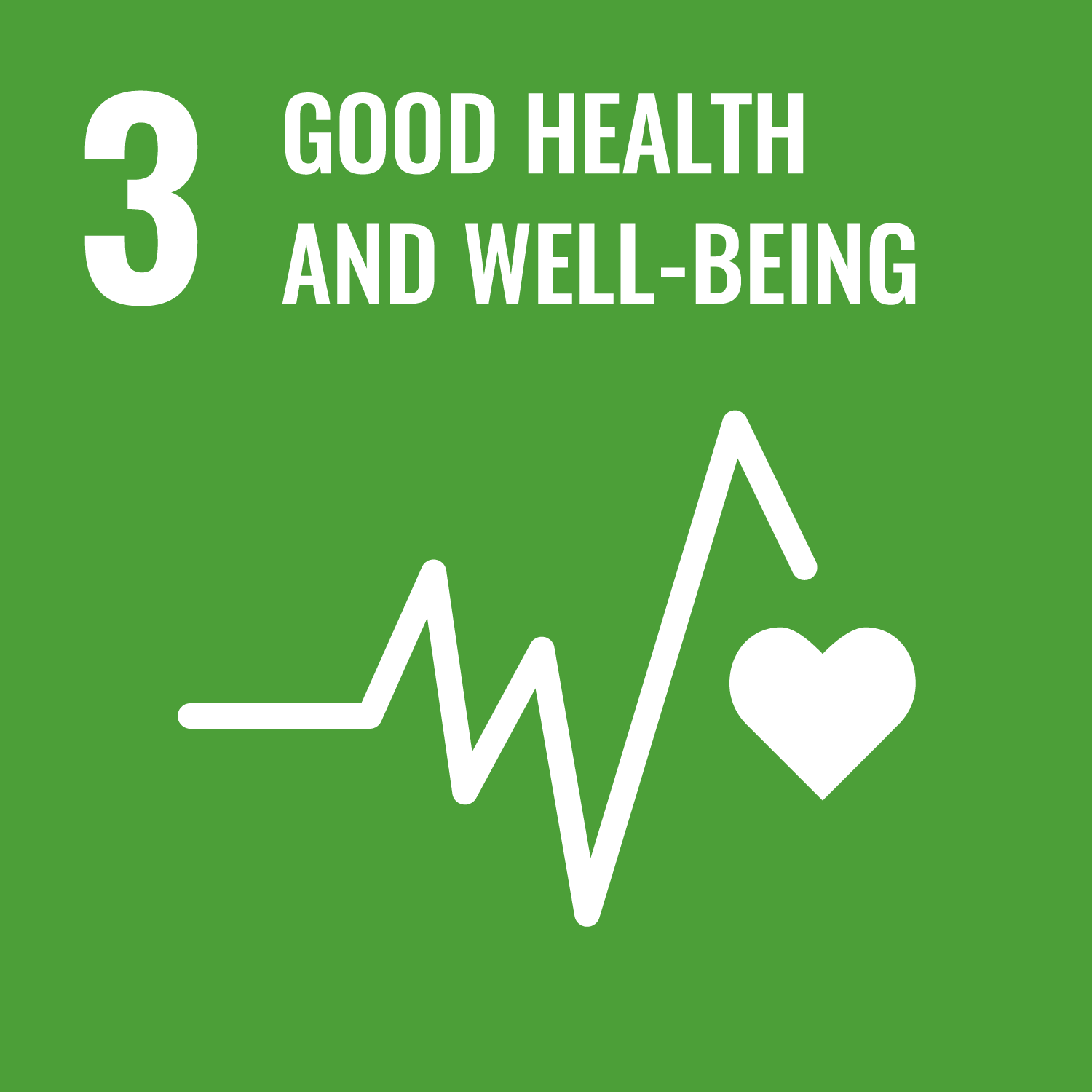Mellor, J. orcid.org/0000-0003-1452-887X, Kuznetsov, D. orcid.org/0000-0002-9972-947X, Heller, S. orcid.org/0000-0002-2425-9565 et al. (15 more authors) (2024) Risk factors and prediction of hypoglycaemia using the Hypo-RESOLVE cohort: a secondary analysis of pooled data from insulin clinical trials. Diabetologia, 67 (8). pp. 1588-1601. ISSN 0012-186X
Abstract
Aims/hypothesis The objective of the Hypoglycaemia REdefining SOLutions for better liVES (Hypo-RESOLVE) project is to use a dataset of pooled clinical trials across pharmaceutical and device companies in people with type 1 or type 2 diabetes to examine factors associated with incident hypoglycaemia events and to quantify the prediction of these events.
Methods Data from 90 trials with 46,254 participants were pooled. Analyses were done for type 1 and type 2 diabetes separately. Poisson mixed models, adjusted for age, sex, diabetes duration and trial identifier were fitted to assess the association of clinical variables with hypoglycaemia event counts. Tree-based gradient-boosting algorithms (XGBoost) were fitted using training data and their predictive performance in terms of area under the receiver operating characteristic curve (AUC) evaluated on test data. Baseline models including age, sex and diabetes duration were compared with models that further included a score of hypoglycaemia in the first 6 weeks from study entry, and full models that included further clinical variables. The relative predictive importance of each covariate was assessed using XGBoost’s importance procedure. Prediction across the entire trial duration for each trial (mean of 34.8 weeks for type 1 diabetes and 25.3 weeks for type 2 diabetes) was assessed.
Results For both type 1 and type 2 diabetes, variables associated with more frequent hypoglycaemia included female sex, white ethnicity, longer diabetes duration, treatment with human as opposed to analogue-only insulin, higher glucose variability, higher score for hypoglycaemia across the 6 week baseline period, lower BP, lower lipid levels and treatment with psychoactive drugs. Prediction of any hypoglycaemia event of any severity was greater than prediction of hypoglycaemia requiring assistance (level 3 hypoglycaemia), for which events were sparser. For prediction of level 1 or worse hypoglycaemia during the whole follow-up period, the AUC was 0.835 (95% CI 0.826, 0.844) in type 1 diabetes and 0.840 (95% CI 0.831, 0.848) in type 2 diabetes. For level 3 hypoglycaemia, the AUC was lower at 0.689 (95% CI 0.667, 0.712) for type 1 diabetes and 0.705 (95% CI 0.662, 0.748) for type 2 diabetes. Compared with the baseline models, almost all the improvement in prediction could be captured by the individual’s hypoglycaemia history, glucose variability and blood glucose over a 6 week baseline period.
Conclusions/interpretation Although hypoglycaemia rates show large variation according to sociodemographic and clinical characteristics and treatment history, looking at a 6 week period of hypoglycaemia events and glucose measurements predicts future hypoglycaemia risk.
Metadata
| Item Type: | Article |
|---|---|
| Authors/Creators: |
|
| Copyright, Publisher and Additional Information: | © 2024 The Authors. This article is licensed under a Creative Commons Attribution 4.0 International License, which permits use, sharing, adaptation, distribution and reproduction in any medium or format, as long as you give appropriate credit to the original author(s) and the source, provide a link to the Creative Commons licence, and indicate if changes were made. The images or other third party material in this article are included in the article's Creative Commons licence, unless indicated otherwise in a credit line to the material. If material is not included in the article's Creative Commons licence and your intended use is not permitted by statutory regulation or exceeds the permitted use, you will need to obtain permission directly from the copyright holder. To view a copy of this licence, visit http://creativecommons.org/licenses/by/4.0/. |
| Keywords: | Hypo-RESOLVE; Hypoglycaemia; Prediction modelling |
| Dates: |
|
| Institution: | The University of Sheffield |
| Academic Units: | The University of Sheffield > Faculty of Medicine, Dentistry and Health (Sheffield) > School of Medicine and Population Health |
| Funding Information: | Funder Grant number EUROPEAN COMMISSION - HORIZON 2020 777460 |
| Depositing User: | Symplectic Sheffield |
| Date Deposited: | 12 Jun 2024 15:18 |
| Last Modified: | 27 Aug 2024 09:26 |
| Status: | Published |
| Publisher: | Springer Science and Business Media LLC |
| Refereed: | Yes |
| Identification Number: | 10.1007/s00125-024-06177-6 |
| Related URLs: | |
| Sustainable Development Goals: | |
| Open Archives Initiative ID (OAI ID): | oai:eprints.whiterose.ac.uk:213389 |


 CORE (COnnecting REpositories)
CORE (COnnecting REpositories) CORE (COnnecting REpositories)
CORE (COnnecting REpositories)